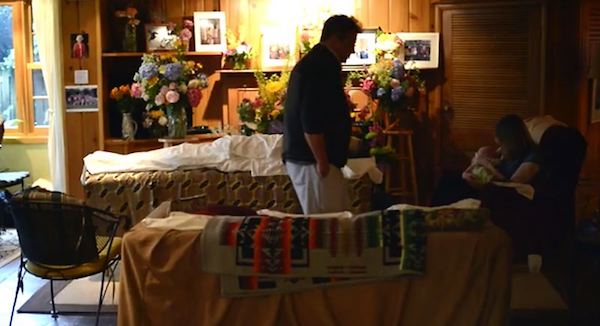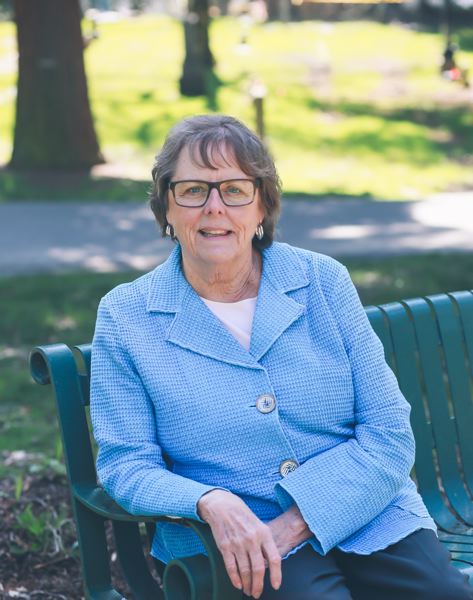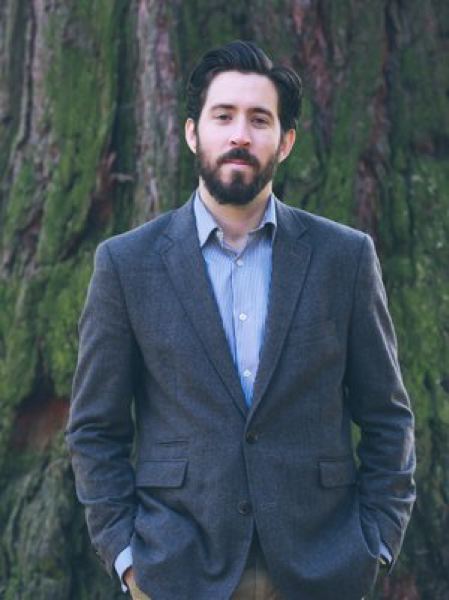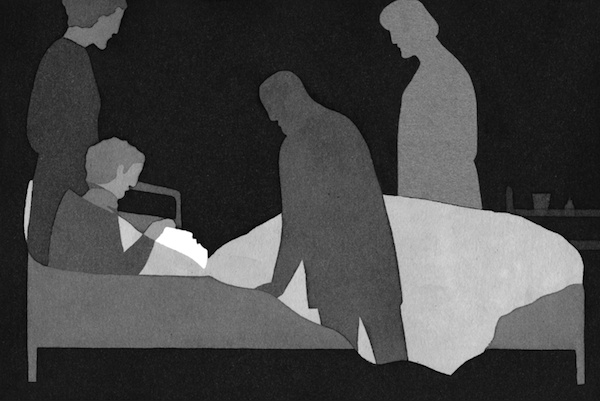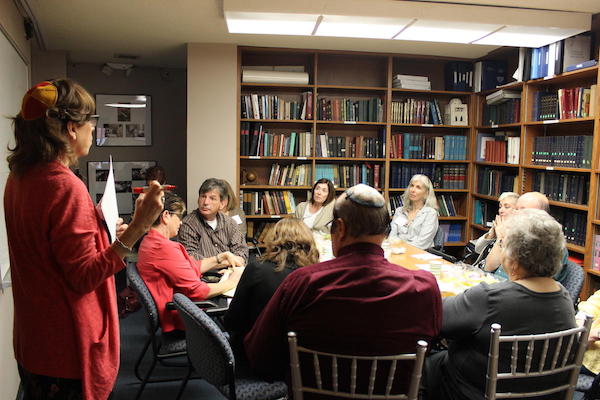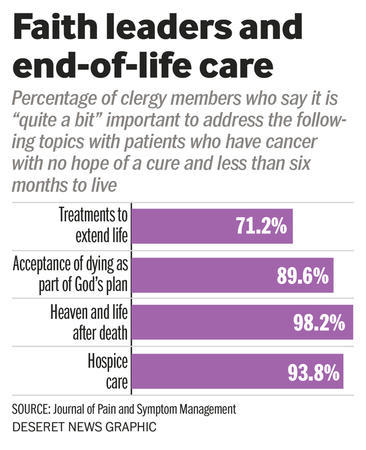[M]aggie Norris endured two significant family deaths just six years apart. First, her stepfather was diagnosed with bladder cancer, which spread to his lungs and his brain. He passed away in 2008. Then, her biological father was diagnosed with lung cancer, which metastasized to his spine. He died in 2014.
Caring for her biological father and her stepfather before their deaths meant that she, her sister and her mother had to put their lives on hold. Caring for them meant everything from bathing and administering medications to planning meals and overseeing care, all of which she said amounted to a full-time job. While her stepfather was more forthcoming about his illness, her father was not as open about his, which led to Norris and her sister not finding out about his prognosis until things had gotten difficult.
In between all of this, Norris said her family conducted research in order to understand the illnesses. It was not clear how these conditions would progress or what they should do to ensure the best care was provided.
“He didn’t openly talk about it with family or his primary oncologist, so by the time we found out he was really in a tough spot,” Norris said, referring to her biological father. “What people don’t understand is death is a process. It doesn’t happen in a day or a week. It is over the course of several months or several years. It’s an emotionally and situationally really complex to navigate.”
An idea emerged in the aftermath of her grief. What if there was a way to making end-of-life planning easier? How can discussing advanced care be simplified in a way that keeps family members, medical professionals and other stakeholders in the loop? Those questions led her to create After, an end-of-life planning software that provides informational healthcare videos, organizes key legal and healthcare-related forms, and coordinates end-of-life care requests with stakeholders involved in patients’ healthcare decisions. Norris founded the company in January 2017 and is preparing for a soft launch this August.
The software features animated videos that walk patients through what to expect with their diagnosis for the most common causes of death including cancer, heart disease, Alzheimer’s, chronic lower respiratory disease, diabetes and stroke. It also allows patients to organize their advance care planning and power of attorney information. But what distinguishes the software, Norris said, is its personalized, compassionate questions regarding how the patient wants to spend their last length of time.
“No one likes talking about death and dying, even if it’s your job to have conversations with patients about death and dying,” Norris said. “A lot of times physicians wait for families and patients to come to them with questions. The problem with that is the first stage of grief is denial.”
Norris is in the process of determining where to best place her software. It’s a natural fit for the healthcare industry, but she said she could also see the software being applied by lawyers and financial planners, or pharmacist. Navigating bureaucratic hospital systems and healthcare laws could also be tough for the company going forward, she added.
Still, Norris is aiming to provide vulnerable patients with a way to regain control over their final moments and initiate the uncomfortable, yet necessary conversations surrounding death.
“How do you make this conversation happen more often and easier and more accessible?” Norris said. “There’s this empty space there, and we’re trying to fill it with software.”
Complete Article HERE!


